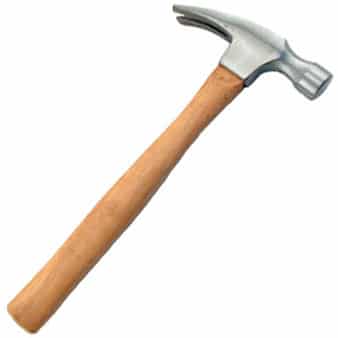Older Jinbao F-- Adding resistance to help intonation?
Posted: Tue Jul 08, 2014 10:30 pm
In my stable of horns I have one of the older model 6-valve Jinbao F tubas...you know, the ones with the "creative" intonation. I acquired it used about a year ago to learn F tuba fingers and it was promptly borrowed by a friend until early this morning. I had about a half hour before heading off to work to familiarize myself with some of the intonation quirks and F tuba fingers and then about another half hour after work before taking the horn off to the rehearsal of a local community band, thinking that I could play along with the other tuba player there and match pitch with him. As it turned out, I was the only tuba player at tonight's rehearsal...I survived the rehearsal with my dignity intact, but only just barely at times!
The intonation of this horn is indeed very strange. Remembering that I've only spent a short amount of time with this horn, a workable Bb scale looks something like this--
Bb - 5
A - 12
G - 4
F - open
Eb - 6
D - 12
C - 4
Bb - 54
So much for the fifth and sixth valves being only useful in the low register! I also found that the D in the middle of the staff was best played with the fifth valve. The B natural below that was best played with 6. E natural below the staff had to be strongly lipped up, etc etc. It was a workout keeping it all straight in my head and lipping everything as necessary.
Personally, I attribute the bizarre intonation to a too fast taper in the main tuning slide wherein the bore of the tubing increases far too quickly; more or less doubling the diameter over the short length of the tuning slide. That just plain doesn't make acoustic sense.
After a more difficult (but possibly more educational) rehearsal than I've had in a long time, I got home exhausted and decided to put my Dennis Wick practice mute in (so as to not disturb my housemates) and try to work out some of the odd intonation tendencies that I hadn't quite managed during rehearsal. After working up and down a few scales with a tuner, I noticed something very odd-- the intonation seemed magically fixed but my horn had developed a slightly stuffy low C that everyone keeps talking about. Very strange.
Is it possible that the added resistance of the practice mute is correcting my intonation, but borking the low range? I am willing to trade a little bit of clarity in the low range for some easier range, so how can I go about adding resistance to an instrument without negatively impacting it's tone?
The intonation of this horn is indeed very strange. Remembering that I've only spent a short amount of time with this horn, a workable Bb scale looks something like this--
Bb - 5
A - 12
G - 4
F - open
Eb - 6
D - 12
C - 4
Bb - 54
So much for the fifth and sixth valves being only useful in the low register! I also found that the D in the middle of the staff was best played with the fifth valve. The B natural below that was best played with 6. E natural below the staff had to be strongly lipped up, etc etc. It was a workout keeping it all straight in my head and lipping everything as necessary.
Personally, I attribute the bizarre intonation to a too fast taper in the main tuning slide wherein the bore of the tubing increases far too quickly; more or less doubling the diameter over the short length of the tuning slide. That just plain doesn't make acoustic sense.
After a more difficult (but possibly more educational) rehearsal than I've had in a long time, I got home exhausted and decided to put my Dennis Wick practice mute in (so as to not disturb my housemates) and try to work out some of the odd intonation tendencies that I hadn't quite managed during rehearsal. After working up and down a few scales with a tuner, I noticed something very odd-- the intonation seemed magically fixed but my horn had developed a slightly stuffy low C that everyone keeps talking about. Very strange.
Is it possible that the added resistance of the practice mute is correcting my intonation, but borking the low range? I am willing to trade a little bit of clarity in the low range for some easier range, so how can I go about adding resistance to an instrument without negatively impacting it's tone?
